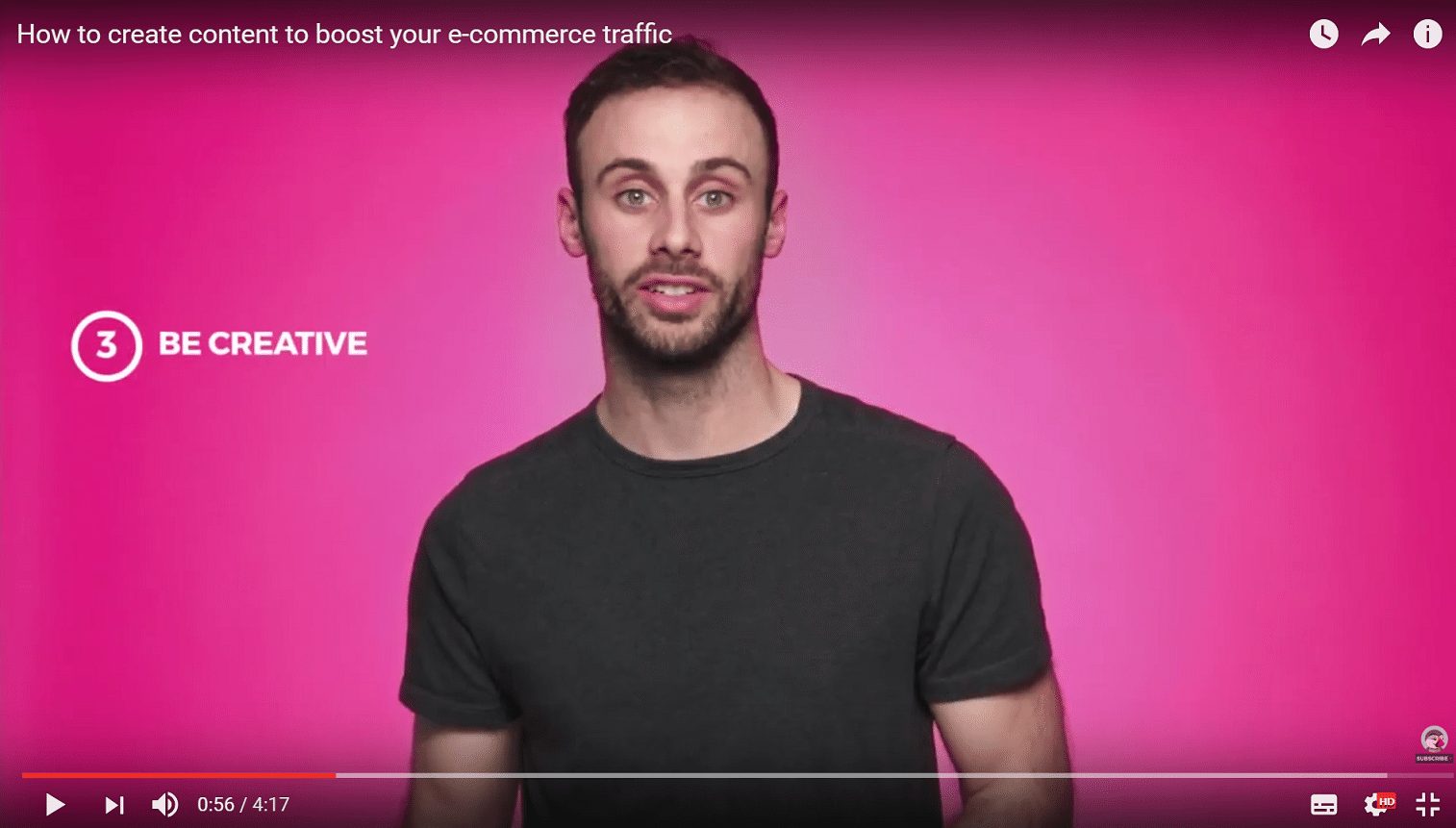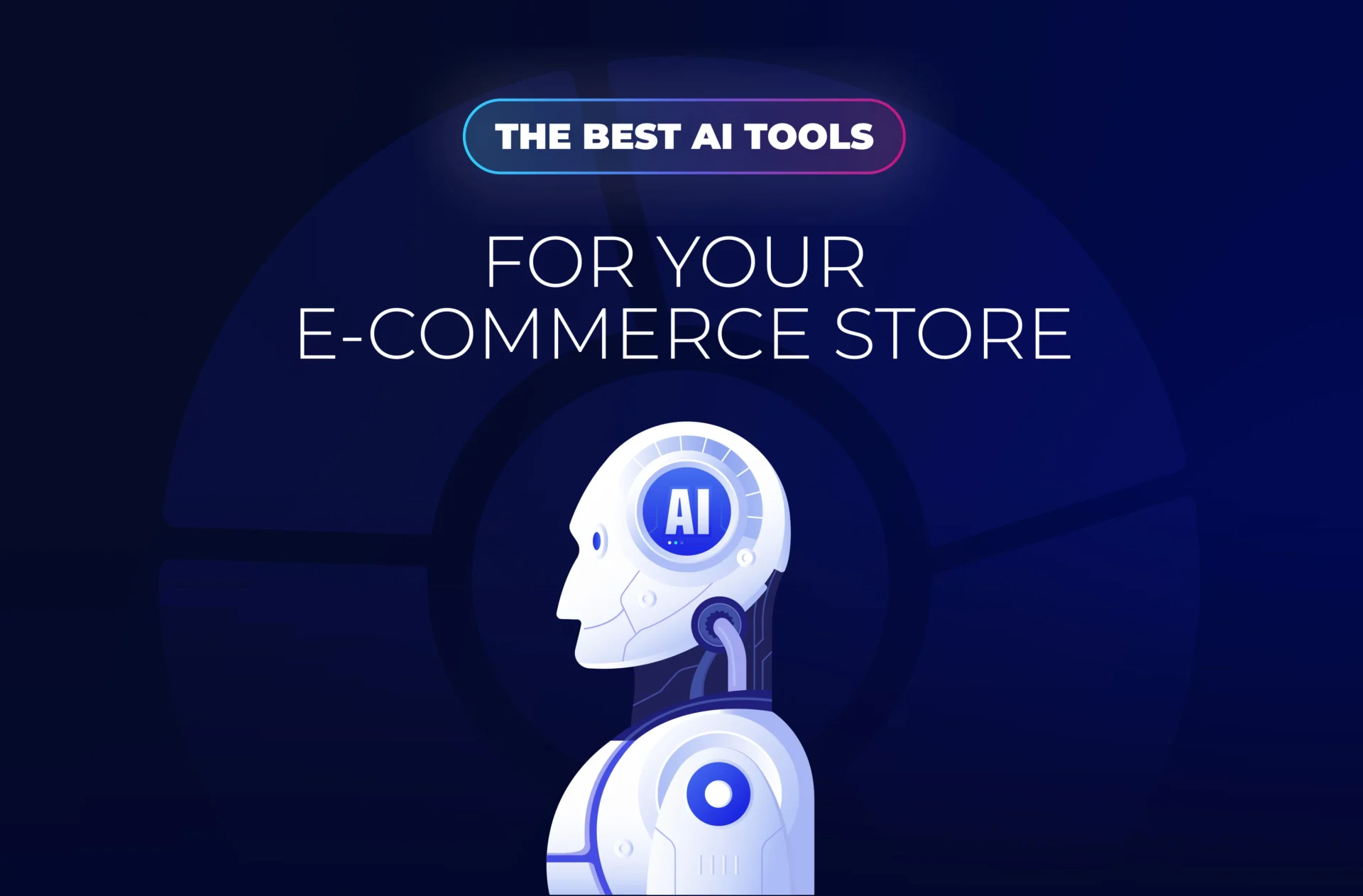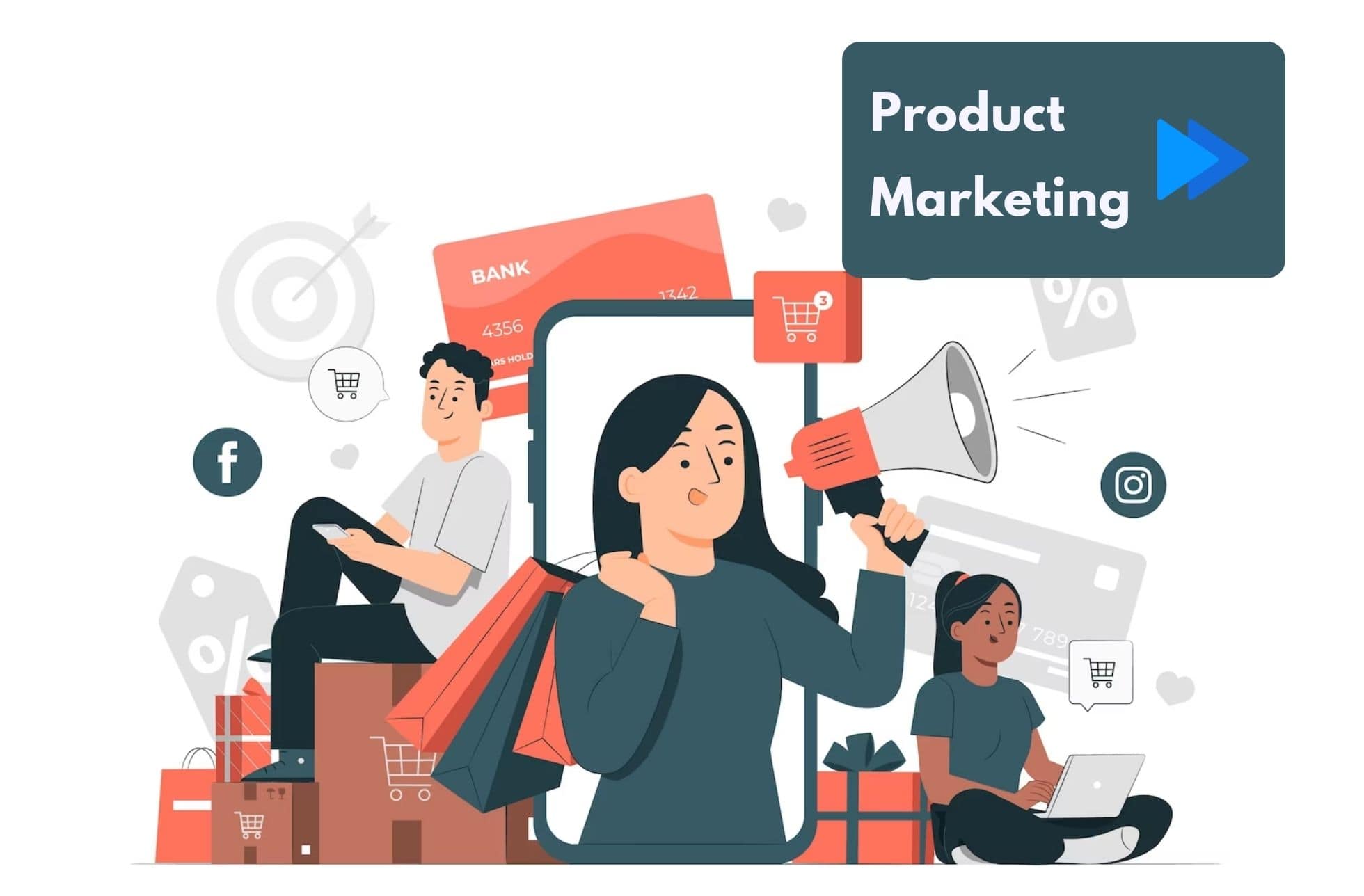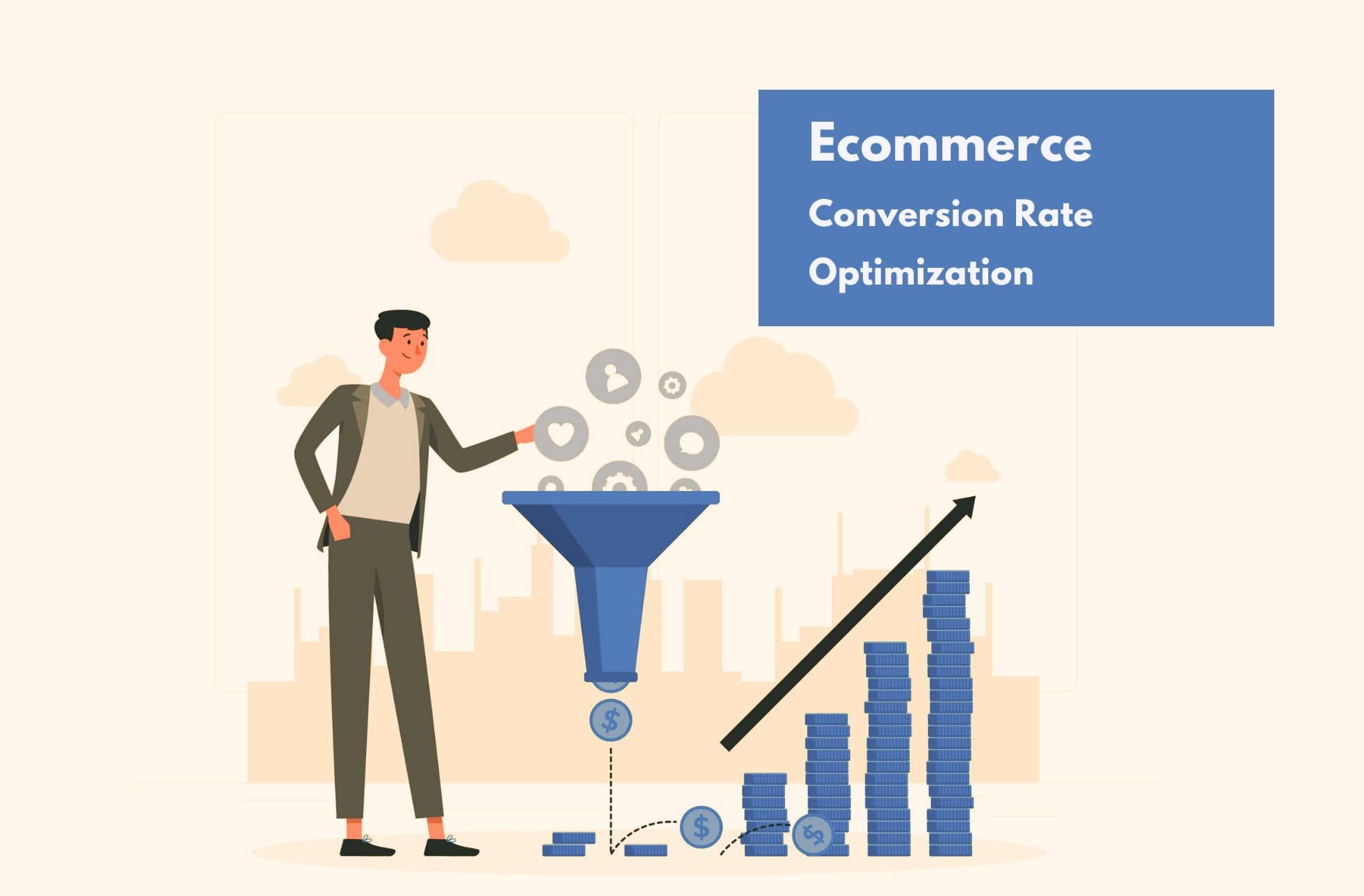Building a community around your e-commerce is one of the best things you can do to drive visits and sales. The community creates a virtuous circle that will promote your brand positively, and create brand ambassadors out of your most loyal customers. But how do you build a community around your e-commerce? How do you make people interested in your brand and your products? There are 4 main actions you need to take in order to build a community around your e-commerce via social media:
- You need to understand your target audience
- Provide added value through content
- Making your content and products go viral
- Provide a personal human interaction with community members
Easier said than done, right? Prestashop gave us the opportunity to create this video with our founder Nicolas Chevalier. Check out his practical tips:
httpss://www.youtube.com/watch?v=I8BlN8nmBps
1. Understand your target audience
To build the community around your E-commerce, you need to define in clear terms the profile of your target audience member. In marketing, we call this a customer persona. You can do this by answering questions about your target customer:
Who is the typical customer of your E-commerce?
Understanding who your typical customer, or your customer persona, is can make or break your strategy. You need to not only know who that person is, but you need to walk a mile in their shoes- meaning you need to think from their perspective. There are a few key things to think about when creating this persona:
What are their demographics?
Is your customer more of a single mom in her thirties looking to save money, or an older man with an established career and disposable income? You should think about the average age, gender, and purchase power of your ideal customer.
Where does your customer live?
If you target a cross-border market, how does their culture differ from your domestic customers? What special events do they celebrate? What do they do which is different from your own culture and how can you communicate your message effectively. Localization can be as simple as a regional difference and as complex as a totally different culture.
What is your customer interested in?
What is the personality of your typical customer? Are they a fitness freak that’s into running every day? Or are they more of an arts-and-crafts DIY sort of person? How do these personality quirks and interests fit in (or not fit in) with your brand? Knowing these sorts of things can not only help in terms of content and community management, but also in offering potential accessory products for your customers.
How does your customer behave?
You need to be able to identify what your customer consumes and where. This will be important for being where your customer is and increasing your visibility with your target. What do your customers like and dislike? Where do your customers go? What do they read, watch, and listen to? Knowing these interests will help you create a real link with your customers.
What can add value to your customer’s experience?
Once you’ve determined the personality, demographics, and interest of your typical customer, you’ll be able to understand what your customer is looking for. This is important for you to add value to your customer’s experience on your site and social profiles, which brings me to the next point:
2. Provide content that adds real value
When you are creating content for your audience, you need to have a purpose behind it. You can’t just create content just to create it and expect it to work. You need to define a clear plan of attack to make sure your content will have as much impact as possible. In order to do this, you need to think about the following:
Start from your product:
All content should be linked in some way to your product. If you sell auto parts, a blog post on gardening isn’t going to resonate with your community, and even if it does, it won’t do much towards selling your product.
Find out what your community likes:
Remember what I said about understanding what your customer likes and consumes? When you find out what’s trending among your customers, you can find a way to link that to your product. If you can’t, you can try using the style or different elements in your own content to make it more consumable with your audience. Memes and Listicles might be really popular with your community, but remember to always keep it relevant to your content.
Be creative:
Unless you’re in a super niche market, chances are, your competition is going to be using the same strategies. So keep your content fresh, creative, and unique so it continues to engage your audience. Don’t be afraid to switch up stale content to breathe life into it.
Optimize your content:
This might not be the most fun part of content creation, but it’s perhaps the most important. You have to make sure that your customers can find your content. This means optimizing keywords for SEO, meta descriptions, calls-to-actions, and calls-to-share.
Go where your customers are:
If your customers are mainly on Facebook and Twitter, then you need to focus your time and energy on being present and active on those channels. This is how you start to communicate with your customers and it will be the way you pull in new visits.
Keep track of your engagement:
The biggest part of understanding what works and what doesn’t is keeping track of your data. Most social media business accounts (and even some personal ones) have analytics that you can track to understand what your community likes. You can take an example of your most popular content and replicate the same style or elements it in future content.
3. Make your Content Viral
You’ve got all of this fantastic content around your products and store- but now you need to get people talking about it. So how do you just magically make something viral? Here are some tips you can try:
Keep your content timeless:
Make your content general enough so it will be relevant in 3, 6, and 12 months. Certain industries move quicker than others, so content can become obsolete pretty quickly. It’s okay to have some latest and greatest content, but you should have some popular timeless pieces that will go the distance.
Use hashtags:
Hashtags are a great way for customers to search based on a topic and so, a great way for you to be visible with your community. You can also find great hashtags via hashtagify.me.
Create your own hashtag:
It can be the name of your product, an idea, or your brand name, but creating your own hashtag can make for a more personalized audience. For example, if you sell shoes, you can put in your bio “#brandshoes for our latest products” to make it easy for your customer to filter out everything related to #shoes or #fashion.
Tease your customers:
Got a new line launching? Do some teasing on social media with visuals, announcements, and videos. Offer a few sneak peeks to your social media community to make them feel like they’re part of an exclusive group.
Tag other users:
If you mention someone else in your blog, or video, tag them! Chances are, if they like your content, they’ll share it too. If not, you can always send messages to influencers in your industry and say “Hey I thought you might like this because it’s related to your last post on…” If they share your content, share theirs too. The name of the game is reciprocity in the thank you economy.
Contests and games:
Here’s where it gets fun: Make contests for your community. You can give out a prize or a discount on your products. You can even do a lottery where you choose someone who has shared your post on social media.
Create private events around your products:
Invite those who like your page or follow you to a private event for a product or line launch. This reinforces the exclusivity on social media and will work on the emotional sale.
4. Keep it Human
The most important part to build a community around your e-commerce is keeping it human. No one wants to interact with a faceless cold brand. You should keep a close proximity to your community- and social media is perfect for this.
Don’t be too serious:
Don’t be afraid to go for something funny or a bit silly to make your community laugh. You want to promote a positive vibe with your brand and products, so always keep your interactions positive.
Ask for feedback:
Don’t be afraid to ask for the share or feedback concerning your products and e-commerce store. Many people will ignore you, but many more will appreciate a sincere request for advice. However, this only works if you’re ready to listen.
Listen to your community:
The biggest part of communication, in every situation, is being able to listen. If your community is telling you something, take the interaction to heart and work to respond to their needs.
Interact on a personal level:
Find a way to personalize each interaction. Don’t be afraid to compliment the customer on something. Follow and like them back. Use first names, both yours and theirs, and keep it as human as possible.
It takes both time and work to build a community around your e-commerce, but it’s worth it to create an ecosystem between your community and your products. Once you listen actively to your community, and you show that you know them and are willing to provide what they want, they’ll pay you back ten-fold. The community will foster trust in your brand from your most loyal customers to your newest visitors.
What are your best tips to build a community around your e-commerce?





